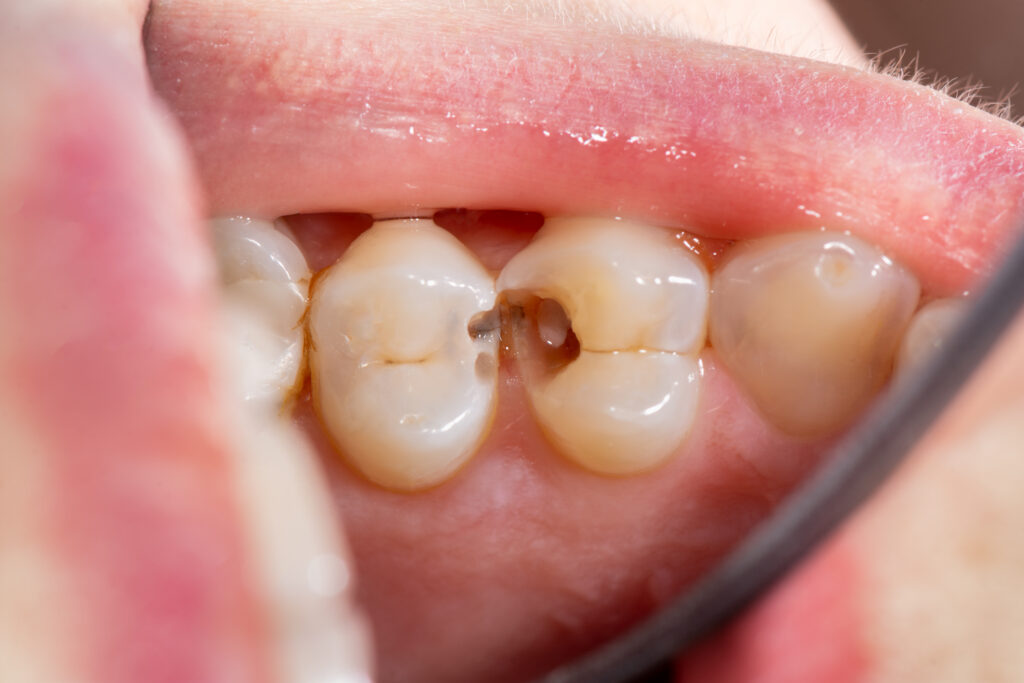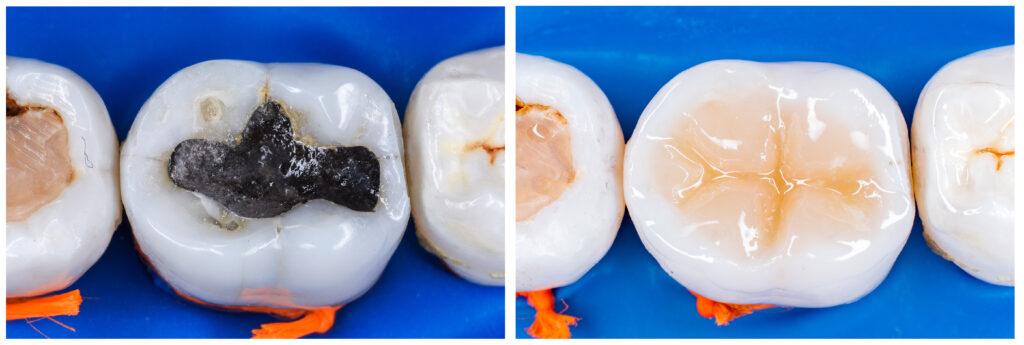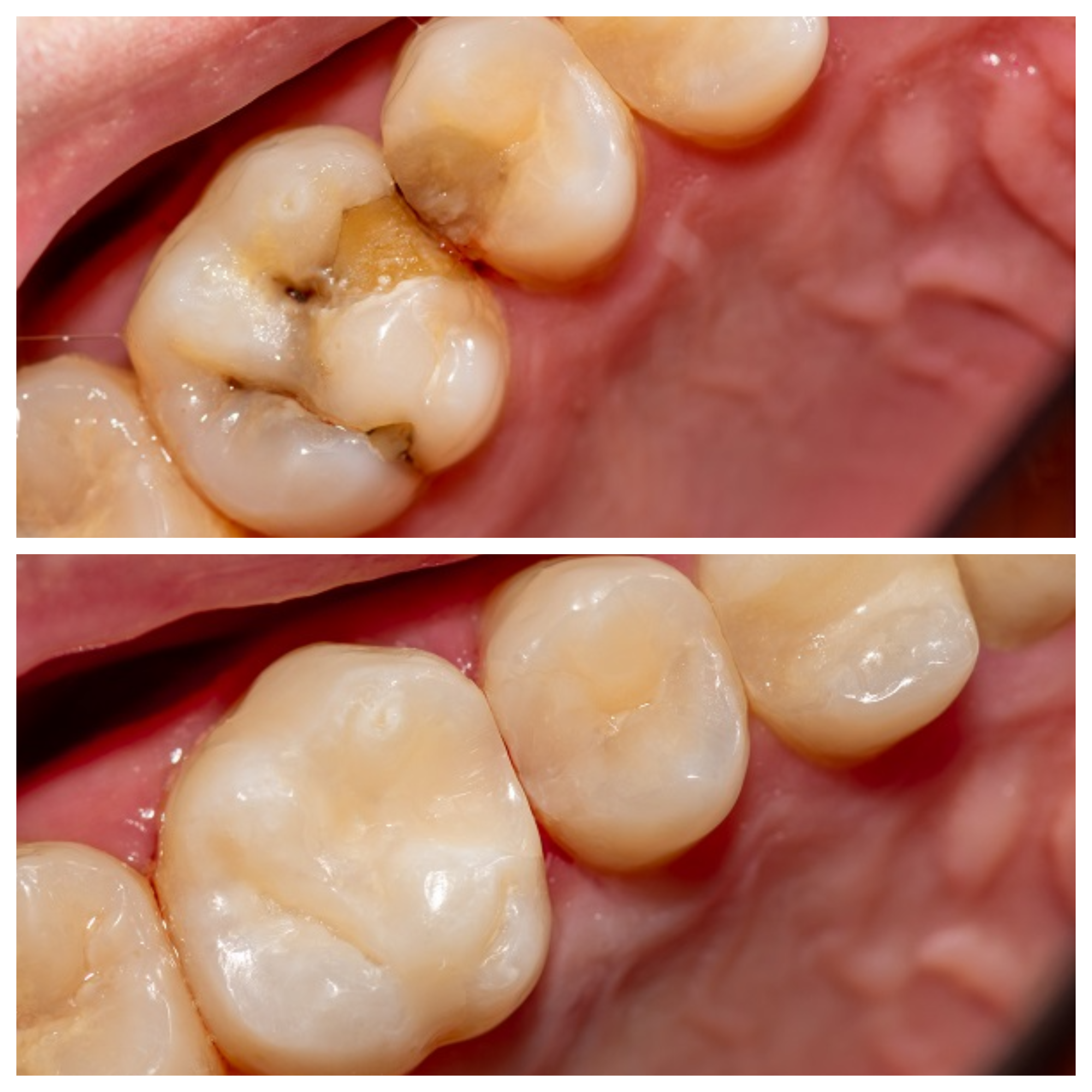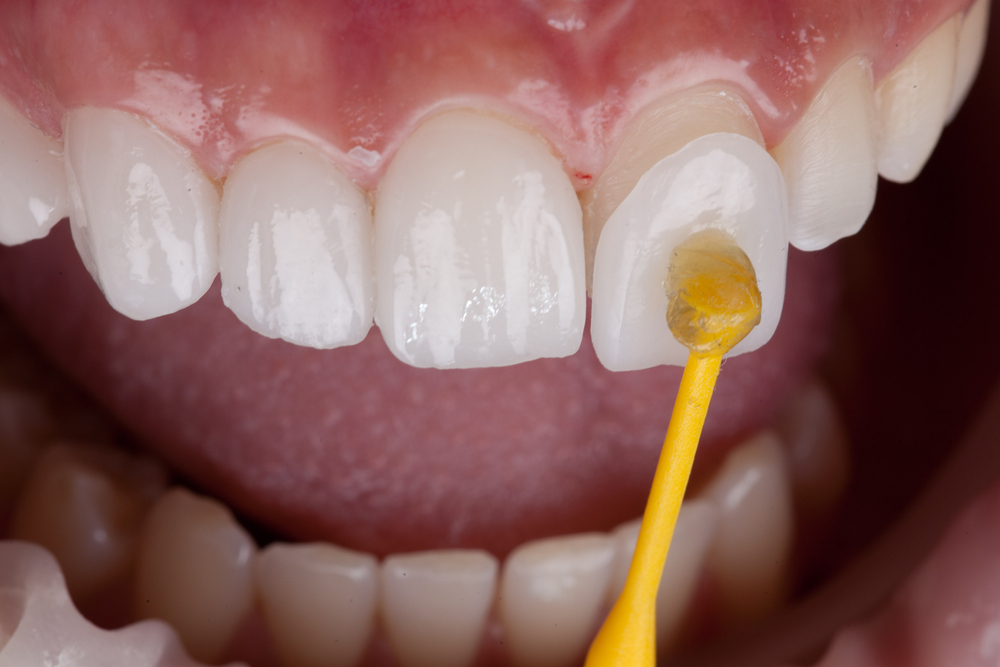Introduction: The Role of Dental Fillings
When you think of dentistry, dental fillings might be one of the first things that come to mind. And there’s a good reason for that!
Why fillings are crucial in dentistry.
Fillings are the unsung heroes of the dental world. Imagine a small army that repairs fortresses, ensuring they stay strong against invaders. That’s precisely what dental fillings do for our teeth. They are primarily used to restore the function, integrity, and morphology of missing tooth structures resulting from caries (cavities) or external trauma. Without them, our mouths would be a lot less happy, and our teeth a lot more compromised.
The quick fix to cavities and preserving your smile.
Nobody wants a gaping hole in their smile. Beyond the aesthetic concerns, cavities can lead to severe dental problems if left untreated. Enter dental fillings. Acting as a barrier, they fill in the spaces where bacteria can enter, preventing further decay. By getting a filling, you’re not just patching up a hole; you’re ensuring the longevity of your tooth, all while maintaining that radiant smile. It’s a win-win!
What Causes the Need for Dental Fillings?

Every superhero has its origin story, and for dental fillings, it’s all about combatting the villains of tooth decay and cavities.
Understanding tooth decay and cavities.
Tooth decay is a progressive disease caused by the interaction of bacteria that naturally occur on our teeth and sugars in the everyday diet. This interaction produces acid, which, over time, can lead to a hole in the tooth, commonly referred to as a cavity. If you’ve ever felt a sharp pain when consuming something sweet, cold, or hot, it might be due to a cavity that’s formed.
How neglect can lead to larger dental problems.
Neglect is tooth decay’s best friend. Ignoring or missing out on regular dental check-ups, poor dental hygiene practices, and not seeking treatment promptly can turn a small cavity into a significant problem. The larger the cavity, the more substantial the damage to the tooth’s structure. This could lead to bigger procedures like root canals or even tooth extractions. Dental fillings nip this issue in the bud. By filling cavities early on, they stop decay in its tracks, preventing more extensive damage and ensuring our teeth remain strong and healthy.
By understanding the causes and potential issues of neglecting dental health, we can better appreciate the crucial role that dental fillings play in maintaining our overall oral well-being.
Types of Dental Fillings: More Than Just Silver!

Choosing a dental filling is much like picking a flavor of ice cream—there’s a variety suited for different tastes and needs. Here’s a scoop on the diverse types of dental fillings out there:
Amalgam fillings: The traditional choice.
Also known as silver fillings, amalgam has been used by dentists for over a century. Made from a blend of metals, including silver, mercury, tin, and copper, they’re known for their durability, making them an excellent choice for filling cavities in molars where chewing pressure is highest. While they’re cost-effective and long-lasting, their silver color means they aren’t the most discreet option available.
Composite resins: The tooth-colored alternative.
Want a filling that seamlessly blends with your natural teeth? Composite resins are your go-to. Made of a mix of plastic and fine glass particles, they can be color-matched to your tooth, making them virtually invisible. They’re particularly popular for front teeth or other visible areas. While they might not be as durable as amalgam, with proper care, they can last a long time.
Gold fillings: The long-lasting option.
Gold in your teeth? It sounds lavish, but gold fillings are a thing! They’re composed of an alloy of gold, copper, and other metals. Gold fillings are robust, resistant to corrosion, and can last over two decades. However, they require multiple visits to place and come with a higher price tag.
Ceramic fillings: The resistant type.
Usually made of porcelain, ceramic fillings are both aesthetically pleasing and robust. They’re resistant to staining, unlike composite resins. The primary downside? They can be almost as expensive as gold.
Glass ionomer: The fluoride-releasing solution.
These fillings are a mix of glass and organic acid, and they’re unique because they release fluoride, which can help prevent further decay. Best for non-load-bearing surfaces, they’re not as durable as other types but can be an excellent choice for children or below the gum line.
The Procedure: What to Expect During a Filling

For many, the thought of a dental procedure brings about a shiver. But understanding the process can help ease those nerves.
Step-by-step breakdown from numbing to polishing.
- Consultation and X-rays: Before any work begins, your dentist will typically take X-rays to understand the extent of the decay.
- Local Anesthesia: To ensure you’re comfortable and pain-free, a local anesthetic will be applied to numb the affected area.
- Tooth Preparation: The dentist will then remove the decayed material using a drill or laser. This step ensures a clean slate for the filling.
- Filling Placement: Depending on the type of filling, the dentist will place the material into the cleaned-out cavity and shape it accordingly.
- Polishing: Once the filling is set, the dentist will polish the tooth, ensuring a smooth finish and a comfortable bite.
Duration and what patients typically feel.
A standard filling procedure can last anywhere from 20 minutes to an hour, depending on the severity of the cavity and the type of filling. Thanks to the anesthesia, patients typically don’t feel pain—just pressure or vibration from the tools. Some sensitivity post-procedure is common but usually fades within a day or two.
With the advances in dental technology and the expertise of professionals like Dr. Dawson and Dr. Turke, getting a filling is more straightforward and more comfortable than ever before.
Post-Filling Care: Ensuring Longevity
Congratulations on taking the step towards a healthier smile! Now that your tooth has its shiny new filling, ensuring it lasts long and serves its purpose becomes pivotal. So, how do you take care of that fresh dental work?
Dos and don’ts after getting a filling.
Do:
- Wait for Numbness to Subside: If you’ve had a local anesthetic, wait until numbness in your mouth wears off before eating to avoid biting your cheek.
- Gentle Brushing: Brush your teeth gently the day of your procedure.
- Rinse with Salt Water: If you experience soreness, a warm salt water rinse can soothe the area.
Don’t:
- Chew on Hard Foods: Avoid hard or sticky foods that might dislodge a new filling.
- Drink Very Hot or Cold Beverages: Extreme temperatures might cause discomfort or sensitivity.
- Chew on the Same Side: Give the newly filled tooth a break for the first 24 hours, if possible.
Foods to avoid and maintaining oral hygiene.
Avoiding sweets, carbonated drinks, and acidic foods can help in reducing any sensitivity. Stick to soft foods like yogurt, mashed potatoes, or soups immediately after the procedure. Regardless of having a filling, maintaining stellar oral hygiene is essential. Continue brushing twice a day, floss daily, and use an antimicrobial mouthwash. This regimen ensures the longevity of your fillings and overall dental health.
Potential Post-Filling Issues and How to Address Them

Getting a filling is straightforward, but like any procedure, there can be hiccups along the way. Being informed can help you navigate them smoothly.
Sensitivity concerns and how to manage them.
It’s common to experience some sensitivity to heat, cold, pressure, or sweets after getting a filling. This sensitivity should gradually decrease over a week or two. Using toothpaste for sensitive teeth can help alleviate the symptoms. Avoiding the triggers, like cold drinks or ice cream, can give your tooth a breather, allowing it to acclimate to its new filling.
When to consult your dentist post-procedure.
While some sensitivity is normal, sharp pain when biting down, constant pain, or swelling are not. These could be signs of a deeper issue like an uneven filling or an infection. If your tooth feels different or if there’s a gap between the filling and tooth, it’s essential to revisit your dentist. Dr. Dawson and Dr. Turke always emphasize that when in doubt, it’s better to have a professional check to ensure your oral health is on the right track. Remember, your comfort and well-being are paramount!
Why Glendale, AZ Residents Choose Smile Science Dental Spa for Dental Fillings

In the heart of Glendale, there’s a place where smiles are not just crafted but rejuvenated and preserved. Smile Science Dental Spa has become the go-to for many, and here’s why:
Dr. Dawson and Dr. Turke’s expertise in providing painless, efficient fillings.
Both Dr. Dawson and Dr. Turke bring years of experience and a commitment to excellence in their practice. Their approach to dental fillings isn’t just about addressing the immediate concern; it’s about ensuring the patient’s comfort throughout the procedure. Painless treatments are a hallmark of their service, thanks to their meticulous methods and the latest in dental technology.
The promise of quality and long-lasting results.
It’s not just about fixing a problem; it’s about offering a lasting solution. The materials chosen, the precise application, and the aftercare advice are all tailored to ensure that every filling stands the test of time. The team at Smile Science Dental Spa stands behind their work, promising their community top-tier quality.
The Bigger Picture: Fillings as a Part of Comprehensive Dental Care
Dental care is much like a jigsaw puzzle, with every piece crucial to the completion of the full picture. Dental fillings, while essential, are just a singular piece in this complex tapestry.
How fillings are just one component of maintaining a healthy smile.
While fillings address the immediate threat of cavities and decay, they’re part of a broader preventive approach. Think of them as a firewall protecting a computer system. Yes, they block threats, but the system’s overall health requires regular updates and checks.
The importance of regular dental check-ups and early intervention.
Routine dental visits at Smile Science Dental Spa allow for early detection of potential issues. A small cavity today, if unchecked, could become a more significant concern tomorrow. But it’s not just about spotting problems. Regular cleanings, fluoride treatments, and professional advice on oral hygiene habits ensure a robust foundation for oral health.
Dr. Dawson and Dr. Turke champion the idea of holistic dental care. To them, every treatment, including dental fillings, is an opportunity to educate and guide their patients toward a future of brighter, healthier smiles. It’s this comprehensive care approach that positions Smile Science Dental Spa as a beacon of dental wellness in Glendale, AZ.
Further Reading
- Direct composite resin fillings versus amalgam fillings for permanent posterior teeth
- What type of filling? Best practice in dental restorations
- Review: Resin Composite Filling
- Dental Health and Tooth Fillings
- Cleveland Clinic: Dental Fillings
- Dental Filling Options






